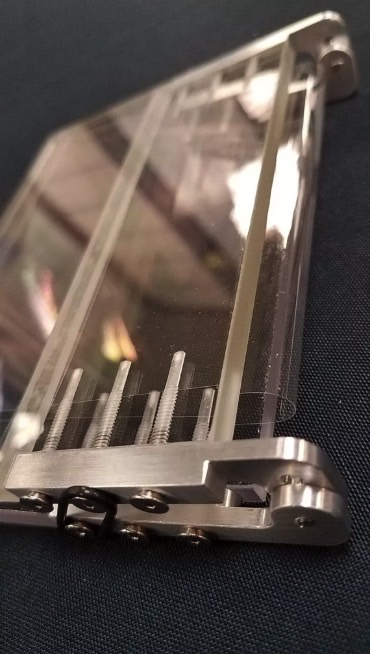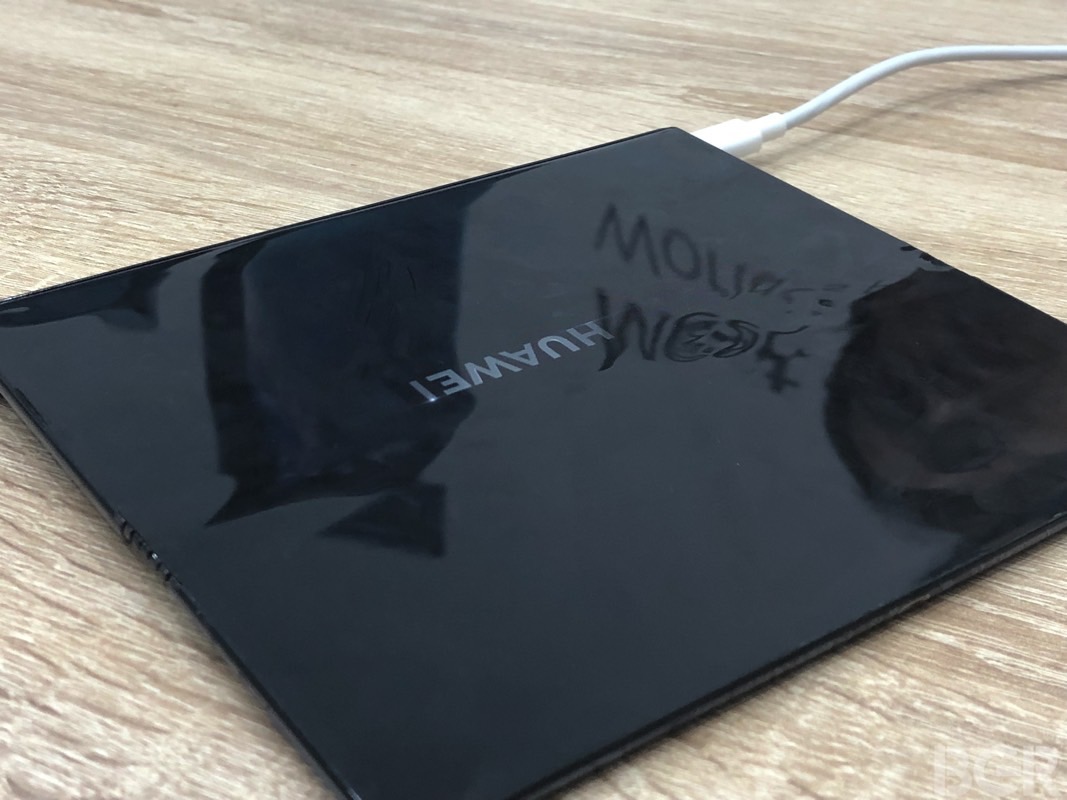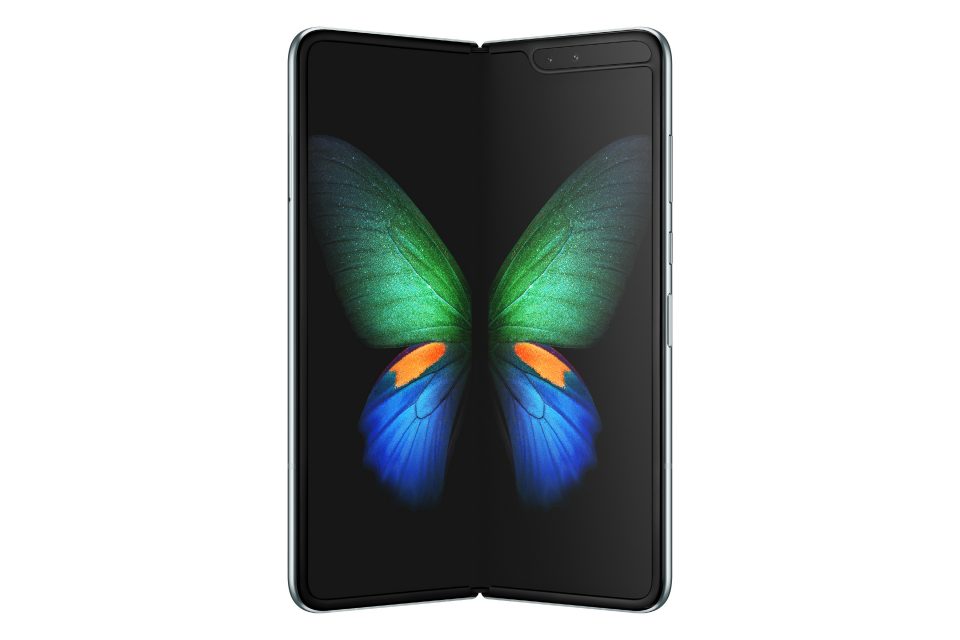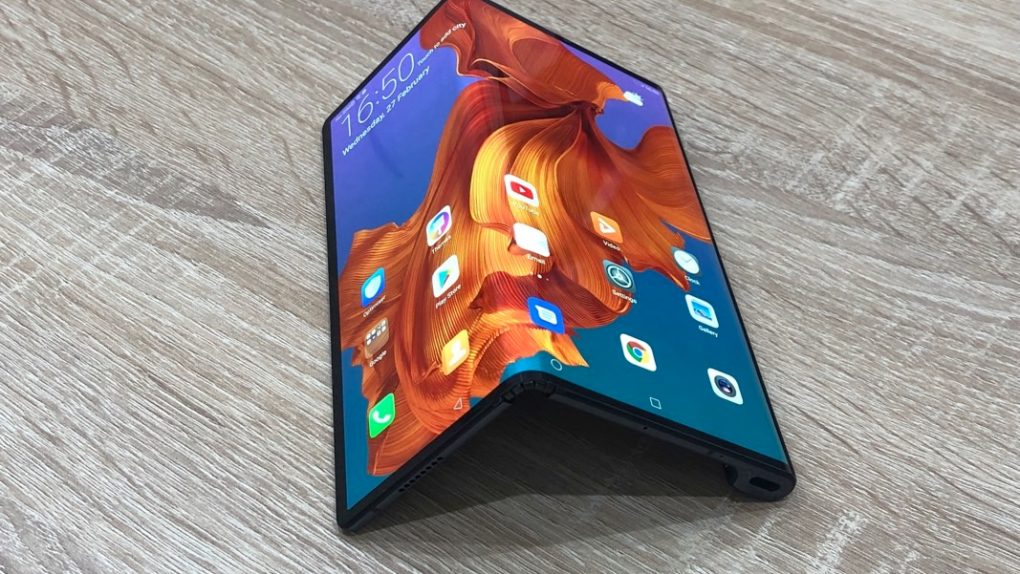The Galaxy Fold and Mate X are the best examples of what foldable smartphones may look like in the future, but they’re hardly the only ones. A variety of smartphone makers are already working on handsets with foldable screens, Apple included. Apple has hinted time and time again over the years that it’s developing the kind of technology that will allow it to create an iPhone with a foldable display, though it hasn’t ever explicitly stated that it’s working on such iPhones. But the one piece of tech Apple might need to make a foldable iPhone won’t come from Cupertino. Instead, Apple might be waiting for a supplier to deliver the kind of technology the Galaxy Fold and Mate X lack before it considers making a foldable iPhone.
Corning is the supplier in question, a company known for the glass panels that protect most noteworthy smartphones nowadays, although the company has plenty of expertise when it comes to glass in general, not just smartphone displays. A report a few months ago detailed a Corning foldable glass prototype that measures only 0.1mm and can bend around a radius of 5mm. It looked like this:

The Galaxy Fold and Mate X both feature plastic screens that bend easier than glass, but they’ll be more prone to scratching than glass. It’s a tradeoff that vendors seem to be comfortable with, especially since they’re very durable. For example, Samsung says the plastic screen can fold hundreds of thousands of times on the Galaxy Fold. Huawei also insisted that the Mate X’s display will be durable.
Only Huawei allowed reporters to touch the Mate X at MWC 2019, as long as specific instructions were followed. It folded and unfolded with ease, apps were quick to adapt to a new form factor, and it felt great in the hand. With great viewing angles and vivid colors, that foldable screen really felt like the future. But from certain angles, you could see exactly where the screen folded. It wasn’t a crease, but more of an uneven in the plastic.

Glass, meanwhile, would deal better with scratches than plastic, but conventional glass can’t fold like plastic can. Corning is working on a product that could meet the needs of smartphone vendors looking to make foldable phones. “Glass today, the current choices out there, they’re not optimal” for folding smartphones, Corning’s John Baynes told Wired. “In a glass solution, you’re really challenging the laws of physics, in that to get a very tight bend radius you want to go thinner and thinner, but you also have to be able to survive a drop event and resist damage.”
But Corning is still developing the kind of glass that will do all that. “The back of the problem we’re trying to break, the technical challenge, is, can you keep those tight 3- to 5-millimeter bend radii and also increase the damage resistance of the glass,” the exec said. “That’s the trajectory we’re on.”

The company is combining technology that allows it to create Willow glass for rollable glass with Gorilla Glass, the kind of glass that protects smartphone displays already. However, merging the two is complicated because Willow Glass tech involves dipping the rollable glass into a molten salt solution.
It turns out that the salt would interfere with the transistors on the smartphone screen, and that’s a big hurdle to overcome. “In a display application, you’re putting transistors on the glass. Transistors hate salt: Sodium, potassium, anything from the salt family will eat away a transistor,” Bayne said. “For this family of glasses to work, you have to have these components in the glass that are incompatible with transistors.”
Even so, Corning has sent samples of its bendable glass to some clients. “They’re functional, but they’re not quite meeting all the requirements,” Bayne said. “People either want better performance against a drop event or a tighter bend radius. We can give them one or the other; the key is to give them both.” The exec added that he expects foldable glass to be ready by the time foldables go mainstream within the next couple of years.
Corning did not say which companies have sampled the foldable glass it developed, but Apple could surely be among them. A few days ago, a report from Korea said that Samsung already sent Apple samples of OLED screens that could be used in foldable iPhones in the future.
Apple is expected to use almost the same iPhone XR and iPhone XS designs for one more year before introducing a new iPhone design in 2020. It’s unclear whether or not a foldable iPhone might be ready by then.








